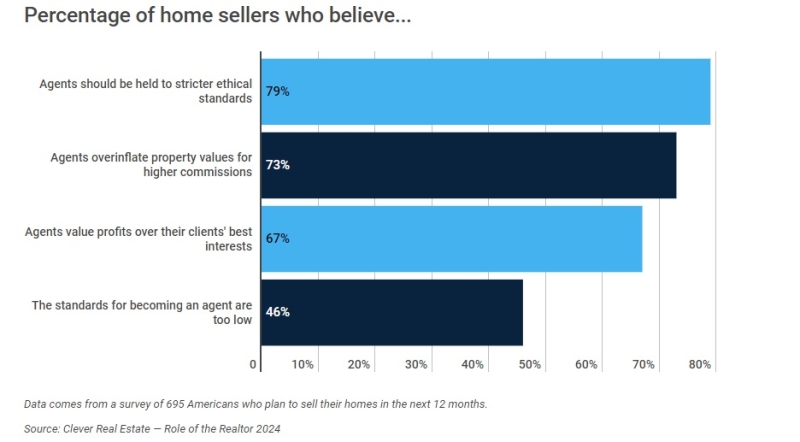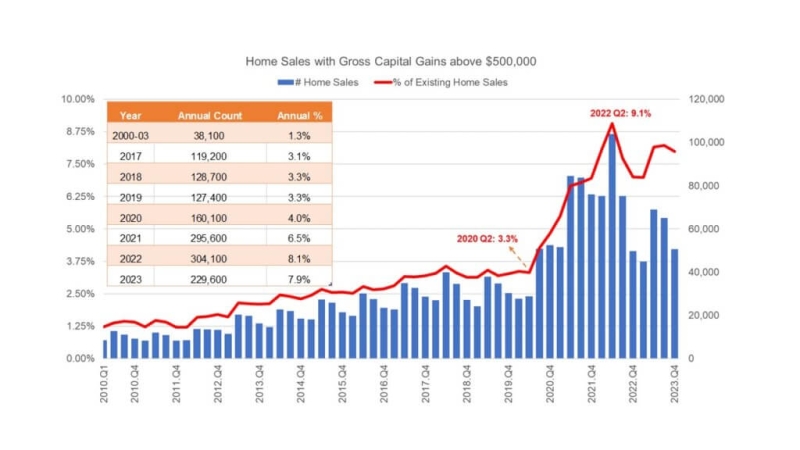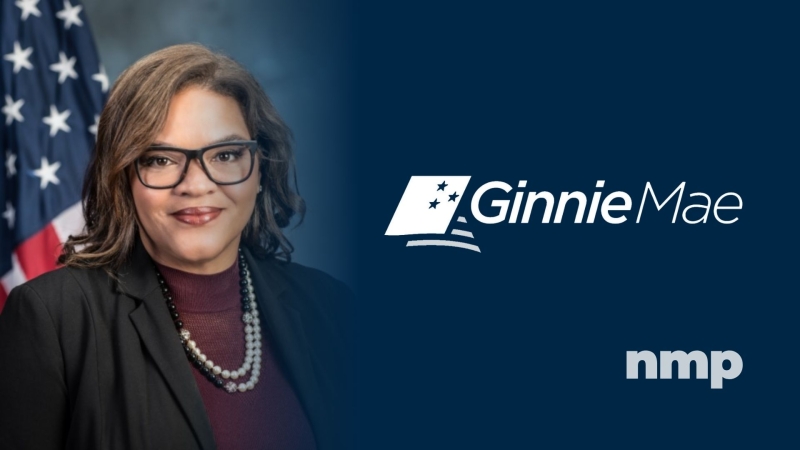Mortgage Delinquencies Drop in Q3

The delinquency rate for mortgage loans on one- to four-unit residential properties decreased to a seasonally adjusted rate of 5.85 percent of all loans outstanding at the end of the third quarter of 2014. The delinquency rate decreased for the sixth consecutive quarter and reached the lowest level since the fourth quarter of 2007. The delinquency rate decreased 19 basis points from the previous quarter, and 56 basis points from one year ago, according to the Mortgage Bankers Association’s (MBA) National Delinquency Survey.
The delinquency rate includes loans that are at least one payment past due, but does not include loans in the process of foreclosure. The percentage of loans in the foreclosure process at the end of the third quarter was 2.39 percent, down 10 basis points from the second quarter and 69 basis points lower than one year ago. This was the lowest foreclosure inventory rate seen since the fourth quarter of 2007.
The percentage of loans on which foreclosure actions were started during the third quarter was unchanged on a seasonally adjusted basis, but increased to 0.44 percent from 0.40 percent on an unadjusted basis, an increase of four basis points.
The serious delinquency rate, the percentage of loans that are 90 days or more past due or in the process of foreclosure, was 4.65 percent, a decrease of 15 basis points from last quarter, and a decrease of 100 basis points from the third quarter of last year.
“Delinquency rates and the percentage of loans in foreclosure fell to their lowest levels since 2007,” said Mike Fratantoni, MBA’s chief economist. “We are now back to pre-crisis levels for most measures. Foreclosure starts were unchanged on a seasonally adjusted basis, but increased slightly in the raw data. Given that this measure reached the lowest level in eight years last quarter, and given the continued decline in delinquency and foreclosure inventory rates, we expect that the increase in the unadjusted starts rate is just regular seasonal fluctuation.
“Nationally, the seriously delinquent rate fell by 15 basis points last quarter and has dropped 100 basis points over the past year. The loans that are seriously delinquent, either 90-plus days late or in the foreclosure process, are primarily loans that were made prior to the downturn: 74 percent of them were originated in 2007 or earlier. Loans made in recent years continue to perform extremely well due to the improving market and tight credit conditions; loans originated in 2012 and later accounted for only four percent of all seriously delinquent loans.
“The largest increases in foreclosure starts rates were for sub-prime loans. Even though few to no sub-prime loans have been made post crisis, they still accounted for 33 percent of the new foreclosures started in the third quarter.
“The foreclosure starts rate for FHA loans increased by 12 basis points in the quarter. FHA loans were 17 percent of all loans serviced and accounted for 27 percent of new foreclosures. Of all FHA loans, those originated in 2010 and prior accounted for 87 percent of serious delinquencies. More recent vintages accounted for the remaining 13 percent.
“On an aggregated basis, both judicial and non-judicial states saw decreases in loans in foreclosure, although the judicial states continue to have a combined foreclosure inventory rate that is around three times that of non-judicial states. New Jersey continues to lead the nation in loans in foreclosure, although it saw another decrease from the previous quarter. Florida, once with the highest percentage of loans in foreclosure, experienced a significant decrease in the third quarter. The foreclosure inventory in Florida has declined steadily for over two years now, and the percentage of loans in foreclosure is currently less than half of its peak in 2011. State level trends continue to be driven by local economic factors and state law. For example, a change in DC foreclosure mediation requirements was the likely cause of a shift of loans from the 90 days or more past due status to having the foreclosure process initiated,” Fratantoni said.
On a seasonally adjusted basis, the overall delinquency rate decreased 19 basis points for all loan types to 5.85 percent. The seasonally adjusted delinquency rate decreased 15 basis points to 3.05 percent for prime fixed loans and decreased 45 basis points to 4.83 percent for prime ARM loans. For sub-prime loans, the delinquency rate decreased 31 basis points to 17.98 percent for sub-prime fixed loans and decreased 109 basis points to 19.87 percent for subprime ARM loans. The FHA delinquency rate rose by two basis points to 9.69 percent and VA delinquency rate rose by three basis points to 5.28 percent.
The non-seasonally adjusted percentage of loans in foreclosure, also known as the foreclosure inventory rate, decreased from last quarter to 2.39 percent. The foreclosure inventory rate for prime fixed loans decreased 11 basis points to 1.26 percent and the rate for prime ARM loans decreased 27 basis points from last quarter to 2.99 percent. For sub-prime loans, the rate for sub-prime fixed loans increased 22 basis points to 7.90 percent and the rate for sub-prime ARM loans increased four basis points to 14.62 percent. The foreclosure inventory rate for FHA loans decreased eight basis points to 2.73 percent, while the rate for VA loans decreased eight basis points to 1.48 percent.
The non-seasonally adjusted foreclosure starts rate decreased three basis points for prime fixed loans to 0.20 percent and increased one basis point for prime ARM loans to 0.44 percent. For sub-prime fixed loans, the foreclosure starts rate increased 35 basis points to 1.45 percent and increased 40 basis points for sub-prime ARM loans to 2.18 percent. For FHA loans, the unadjusted foreclosure starts rates increased by 12 basis points to 0.67 percent, while the foreclosure starts rate increased by two basis points for VA loans to 0.32 percent.
Given the challenges in interpreting the true seasonal effects in these data when comparing quarter to quarter changes, it is important to highlight the year-over-year changes of the non-seasonally adjusted results.
Compared with the third quarter of 2013, the foreclosure inventory rate decreased 46 basis points for prime fixed loans, decreased 155 basis points for prime ARM loans, decreased 109 basis points for sub-prime fixed, decreased 183 basis points for subprime ARM loans, decreased 63 basis points for FHA loans, and decreased 33 basis points for VA loans.
Over the past year, the non-seasonally adjusted foreclosure starts rate decreased 13 basis points for prime fixed loans, decreased 16 basis points for prime ARM loans, decreased 41 basis points for sub-prime fixed, decreased 73 basis points for sub-prime ARM loans, decreased 10 basis points for FHA loans, and decreased 12 basis points for VA loans.





